To ensure the safety and efficiency of electrical repairs, it is crucial to rely on licensed electricians with the necessary expertise and qualifications. These professionals are well-versed in handling various electrical tasks, including installing and maintaining electrical switchboards and equipment.
At Enersol, our Residential Electrician Gold Coast - When it comes to electrical wiring, safety should be a top priority. Qualified electricians have the knowledge and experience to install safety switches, which play a crucial role in protecting against electrical hazards. By engaging a licensed electrician, you can trust that they will adhere to the required safety regulations and ensure the job is done correctly.
Whether you need repairs or upgrades for your home’s electrical system, hiring a licensed professional specialising in electrical work is essential. Learn more about residential wiring guide. They can assess your electrical equipment and provide the necessary solutions to meet your needs. Additionally, licensed electricians know the legal formalities and will obtain the required permits and insurance coverage, giving you peace of mind throughout the process.
It is imperative to rely on qualified electricians for electrical repairs and installations. They possess the expertise to handle tasks such as electrical switchboard installations, equipment maintenance, and the installation of safety switches. By engaging licensed professionals, you can ensure the safety and functionality of your electrical system.
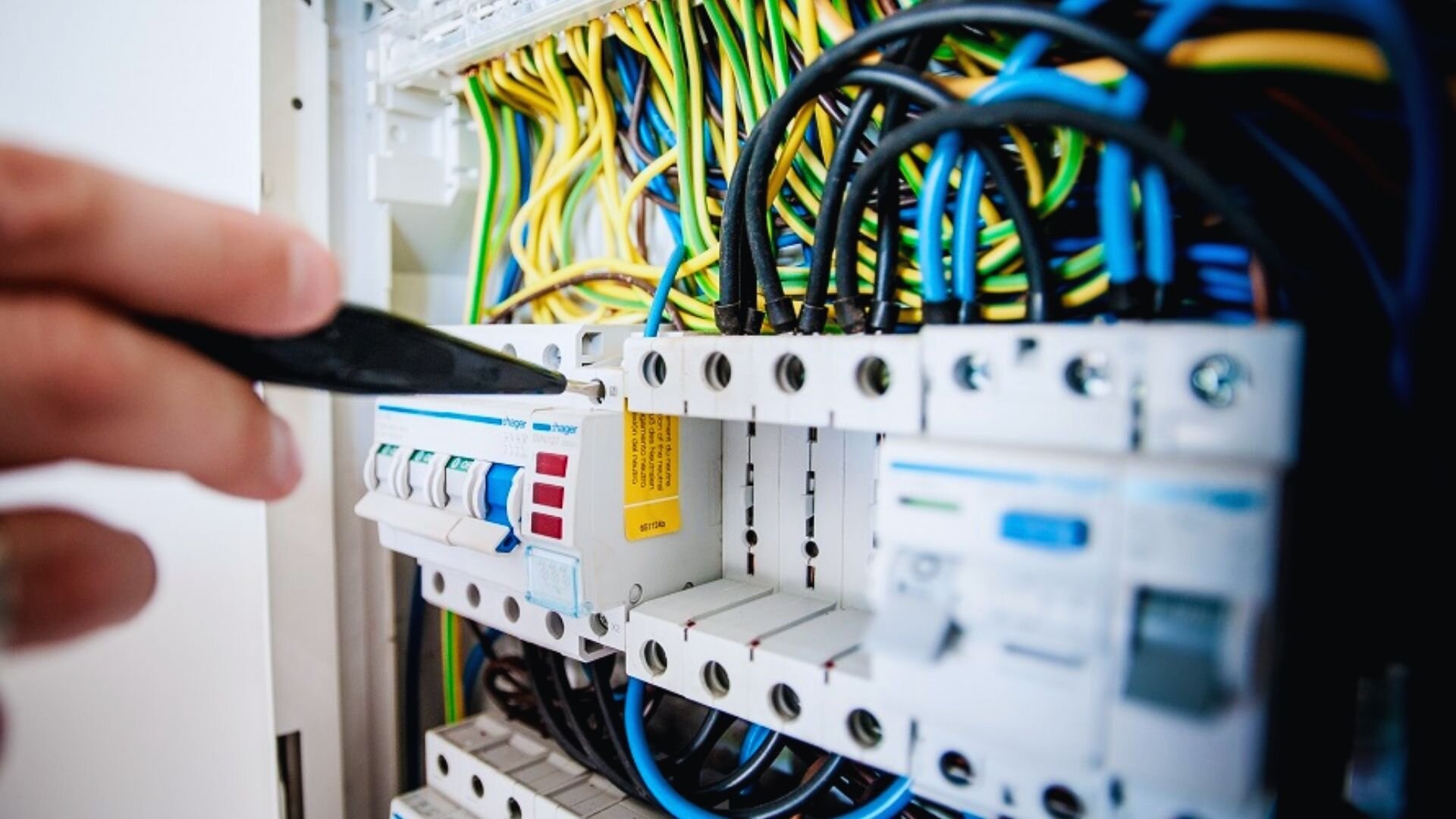
The Crucial Role of Home Switchboards
The switchboard is the unsung hero of every home’s electrical system, orchestrating power distribution and safety. Think of it as the control centre that ensures electricity flows seamlessly, powering your appliances, lighting, and devices while safeguarding against potential dangers.
At its core, a switchboard acts as a distribution hub, routing electricity from the main supply to various circuits throughout your home. It controls the flow of power, allowing you to effortlessly switch on lights, power up gadgets, and utilise electrical amenities without a second thought.
Equipped with circuit breakers and residual current devices (RCDs), it shields your home from electrical mishaps. Circuit breakers instantly cut off the power supply in case of overloads or short circuits, preventing potential fire hazards. RCDs, on the other hand, are quick to detect any irregularities in the current flow, instantly shutting down the circuit if leakage is detected, thus averting electric shock accidents.
As technology evolves, so do our electrical requirements. With the influx of smart homes, energy-efficient appliances, and electric vehicles, the demand for our electrical systems has never been higher. A well-chosen switchboard can accommodate these evolving needs, ensuring your home remains up-to-date and future-ready.
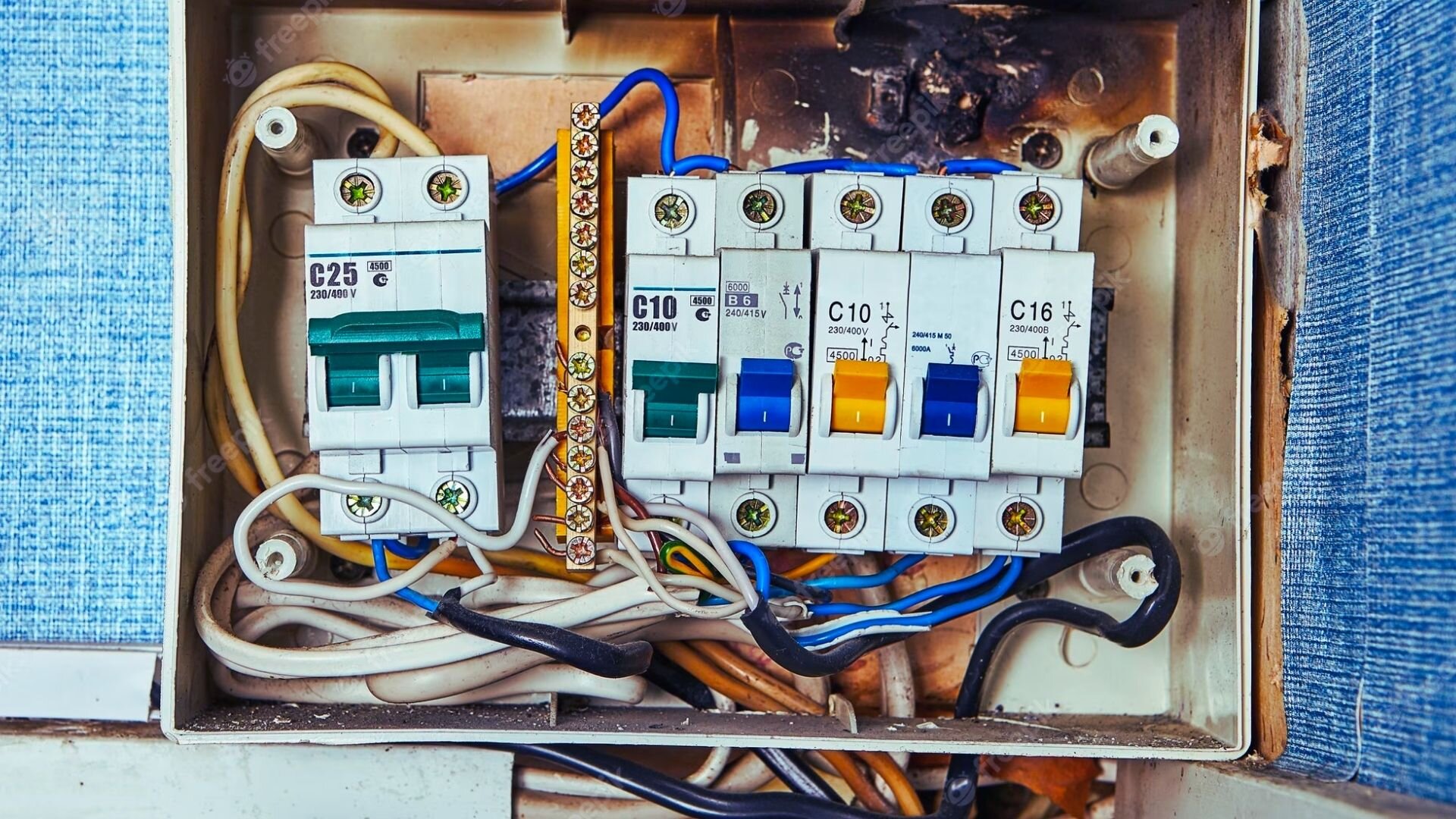
Signs Your Switchboard Needs an Upgrade
There are subtle signs that your switchboard might be quietly urging you for an upgrade. Dimming lights, tripped circuit breakers, and the occasional flicker might seem innocuous, but they can indicate a switchboard struggling to cope with modern power demands. These seemingly minor glitches are not overlooked, for they can signal potentially hazardous electrical situations.
A professional assessment becomes imperative to decipher these signals, which might indicate outdated components or insufficient safety measures.
Exploring Different Types of Home Switchboards
In the world of home switchboards, diversity reigns supreme, with various types catering to different needs and preferences. Traditional fuse boxes, circuit breakers, and modern residual current devices (RCDs) each safeguard your home’s electrical integrity.
Fuse Boxes have fuses that burn out upon detecting overloads or short circuits, cutting off power. While functional, fuse boxes lacked the precision and convenience of their successors, often necessitating manual replacements.
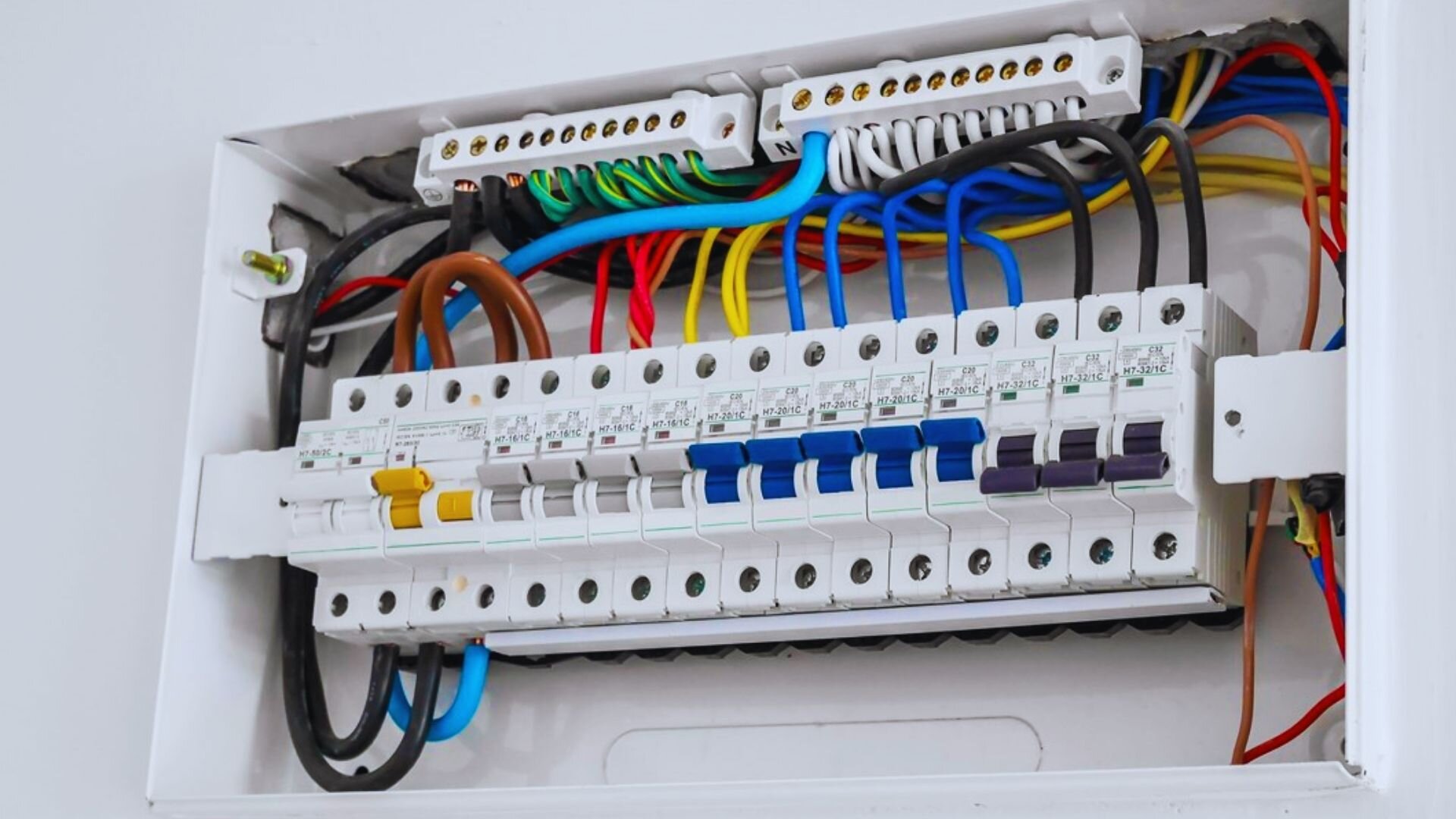
A step up from fuse boxes, circuit breakers offer enhanced safety and ease of use. When a circuit was overloaded, these devices would trip, interrupting the flow of electricity and preventing potential fire hazards. Modern circuit breakers have features like adjustable trip settings, making them more adaptable to diverse electrical needs.
The latest switchboard technology - RCDs, can detect imbalances in electrical currents and act swiftly to cut off the power, averting shocks and accidents. With different types catering to various applications, RCDs are a testament to the ever-evolving world of electrical safety.
Essential Factors for Electrical Safety
Safeguarding your home’s electrical system is paramount in modern living. When selecting a switchboard, several critical factors contribute to overall electrical safety within your residence.
The switchboard’s capacity to handle your home’s electrical load is crucial to prevent overheating and potential fire hazards. Opting for a switchboard with circuit breakers to detect and halt electrical faults ensures proactive fire prevention. Adhering to Australian standards guarantees high-quality, reliable, and safety-oriented equipment.
Choose a switchboard with room for expansion to accommodate evolving electrical needs. At Enersol Electrical, we understand the non-negotiable importance of your home’s safety. Our experts navigate these factors adeptly and can guide you to an ideal switchboard that meets your current needs while fortifying your home against potential hazards.
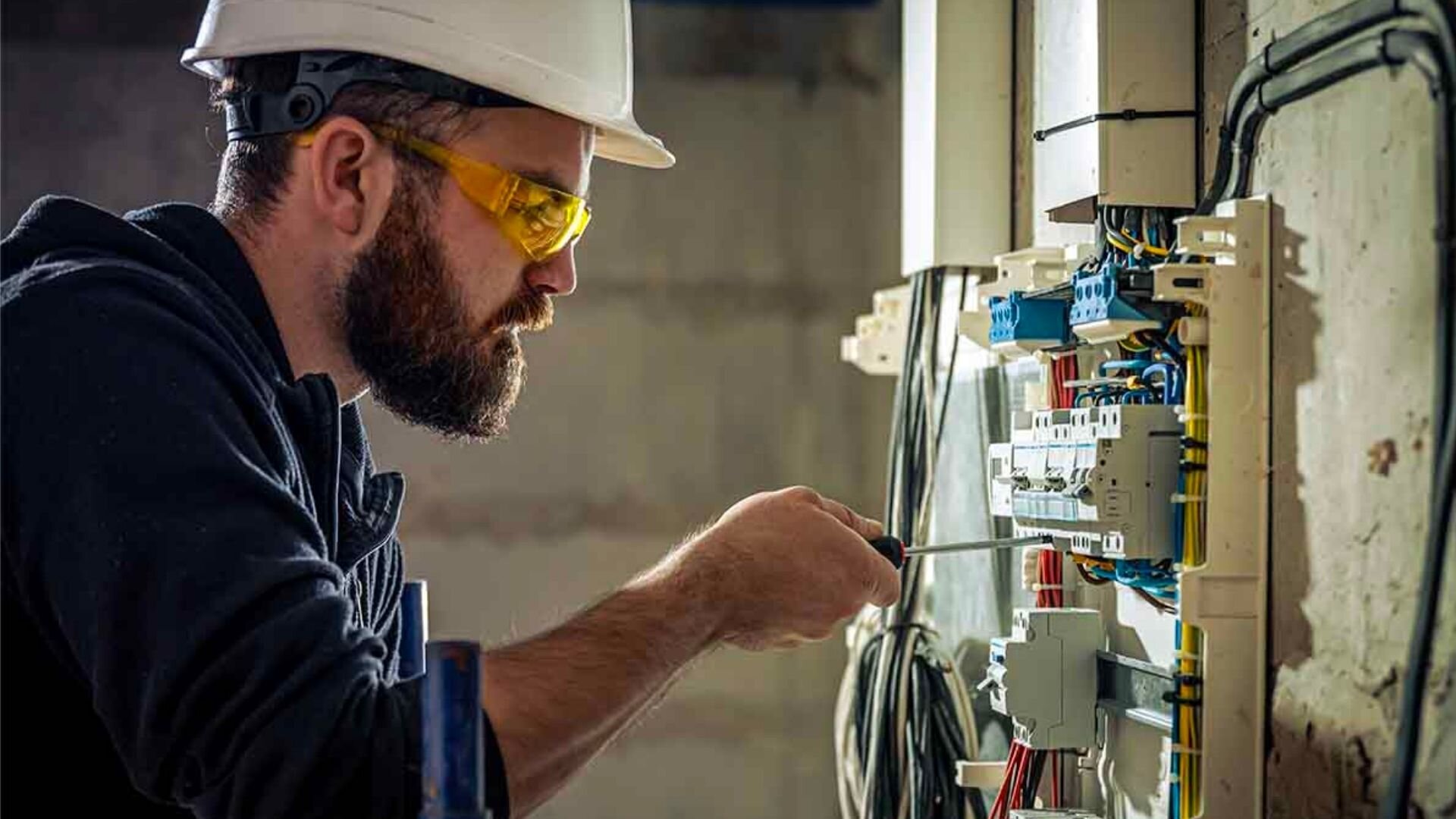
Benefits of Modern Switchboards for Homes
Modern switchboards offer many benefits that elevate your home’s electrical experience, setting the stage for efficient power distribution and enhanced security.
- Enhanced Safety Features: Modern switchboards have sophisticated safety mechanisms like residual current devices (RCDs) and smart circuit breakers. These features swiftly detect irregular current flow and respond by cutting off power, significantly reducing the risk of electrical accidents and shocks.
- Remote Monitoring: Some models are designed to integrate with smart home systems, allowing you to monitor energy consumption, detect anomalies, and even remotely control power distribution.
- Compatibility with Smart Homes: As homes become smarter, switchboards have adapted to integrate seamlessly with various smart devices. Modern switchboards, from smart lighting to energy management systems, provide a foundation for building a technologically advanced and interconnected home.
- Future-Proofing: Modern switchboards are designed with future-proofing in mind, ensuring they can accommodate new devices and technologies without significant upgrades.
- Energy Efficiency: Modern switchboards contribute to energy conservation by allowing better control over power distribution and facilitating the use of energy-efficient appliances.
DIY vs. Professional Switchboard Installation
When it comes to electrical work, homeowners often decide whether to tackle it themselves or seek professional assistance. While both options have advantages, prioritising the safety and long-term reliability of your home’s electrical systems should guide your decision-making process.
Electrical work requires expertise and a thorough understanding of safety protocols. Mishandling wires, components, or connections within electrical circuits can result in short circuits, electrical fires, and potentially life-threatening accidents. By engaging the services of a licensed electrician, you can ensure that every connection is secure, every wire is routed correctly, and every safety protocol is followed.
One crucial aspect of your home’s electrical infrastructure is the switchboard, which houses essential components such as circuit breakers. A professionally installed switchboard, including any upgrades to the existing switchboard or mechanical services switchboards, reduces the risk of accidents and ensures optimal performance and longevity. Licensed electricians have the knowledge and experience to handle low voltage switchgear assemblies, switchboard upgrades, and install dedicated switchboards to meet your home’s needs.
By relying on the expertise of a licensed electrician, you can have peace of mind knowing that your electrical setup is being carried out by a professional who understands the intricacies of the job. They will ensure the proper installation and functioning of circuit breakers within your switchboard, enhancing the safety and efficiency of your electrical power system. While DIY approaches may appeal, it is crucial to prioritise the safety and long-term reliability of your home’s electrical systems.
By engaging a licensed electrician, you can benefit from their expertise in handling electrical work, including switchboard upgrades, dedicated switchboard installations, low-voltage switchgear assemblies, and the proper installation of circuit breakers. This ensures that your electrical infrastructure operates efficiently while reducing the risk of accidents and promoting a safe living environment.
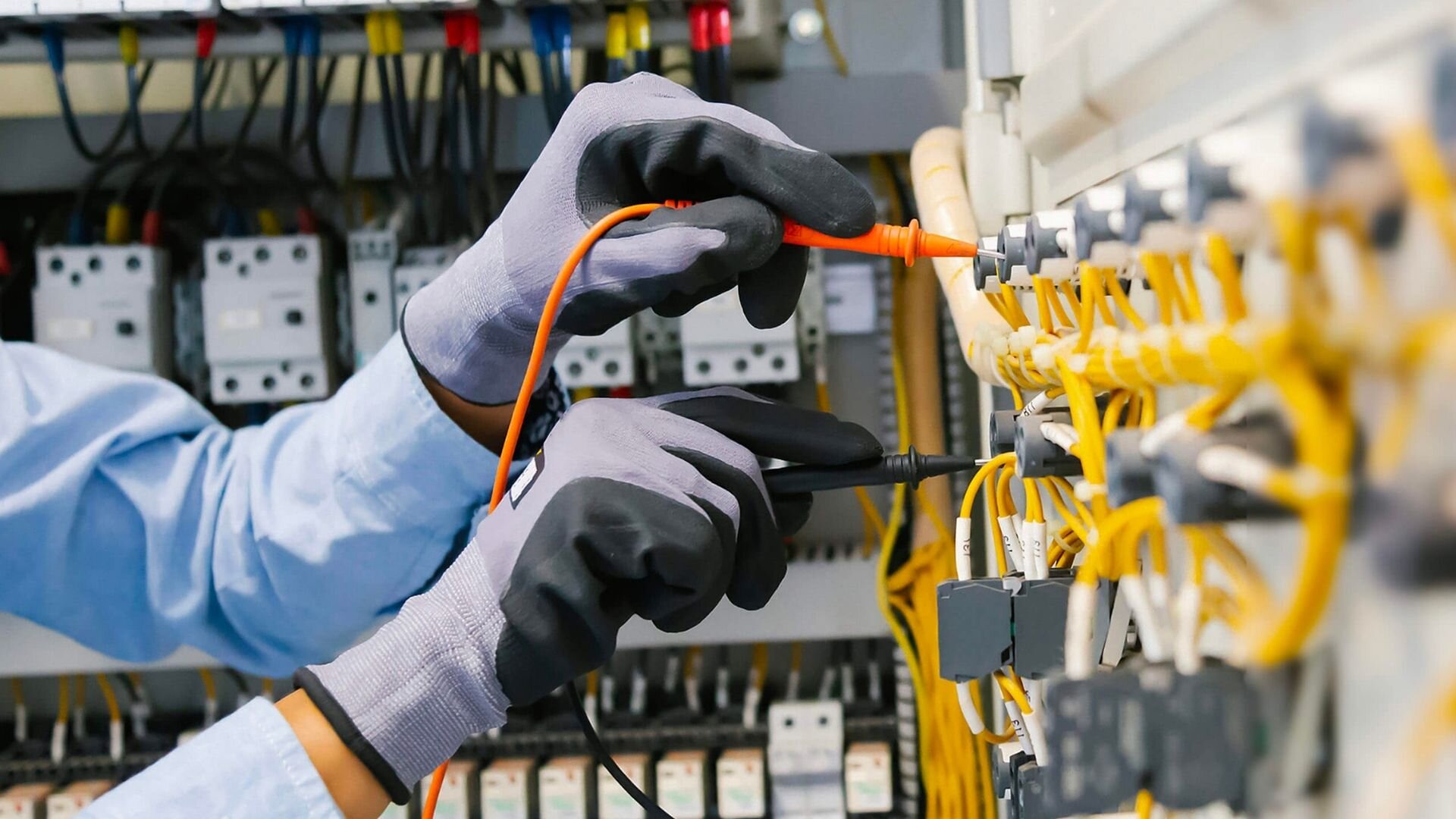
Step-by-Step Guide to Switchboard Selection
Selecting the suitable switchboard for your home is a meticulous process that requires careful consideration of various factors. Each step ensures your choice aligns perfectly with your home’s electrical and safety needs.
- Assess Electrical Load: Begin by evaluating your home’s electrical load. Consider the number of appliances, devices, and circuits that will rely on the switchboard for power. Understanding your energy consumption lays the foundation for selecting a switchboard with the appropriate capacity.
- Safety Features: Look for switchboards with circuit breakers, RCDs, and other safety mechanisms. These elements safeguard against overloads, short circuits, and potential electrical hazards.
- Future-Proofing: Opt for a switchboard that can accommodate the evolving demands of technology and household expansion. Room for additional circuits ensures your home remains adaptable without needing frequent upgrades.
- Consultation: Engage an experienced electrician to assess your home’s electrical infrastructure and provide tailored recommendations. Their insights ensure that your switchboard selection meets your home’s requirements.
- Australian Standards: Verify that the switchboard you’re considering adheres to safety regulations and quality standards. This certification guarantees that your chosen switchboard meets rigorous safety criteria.
- Budget Consideration: While prioritising safety and performance is essential, finding a switchboard that fits your budget is equally important.
- Brand Reputation: Opt for switchboards from trusted manufacturers known for their reliability and quality. A reputable brand ensures your switchboard will perform consistently over time.
- Installation Expertise: Opt for professional installation if you’re not well-versed in electrical work. A certified electrician ensures the switchboard is integrated seamlessly, adhering to safety protocols and optimising its functionality.
Connecting with Enersol Electrical
At Enersol Electrical, we’re not just seasoned industry professionals – we’re your partners in ensuring a secure and efficient electrical infrastructure for your residence. Our commitment to safety, innovation, and expertise is the cornerstone of our service. We understand the nuances of switchboards, their vital role in modern homes, and the intricacies of selecting the right one.
With over two decades of industry experience, we’ve honed our craft to guide you through each switchboard journey, from understanding the signs of an outdated system to navigating the complexities of installation and selection. Explore our Residential Electrician Gold Coast to learn more.
If you’re ready to empower your home with a switchboard that embodies the pinnacle of safety and performance, we’re here to help. Contact us via email, and our dedicated team of experts will be delighted to provide personalised assistance, address your queries, and offer insights tailored to your unique situation.